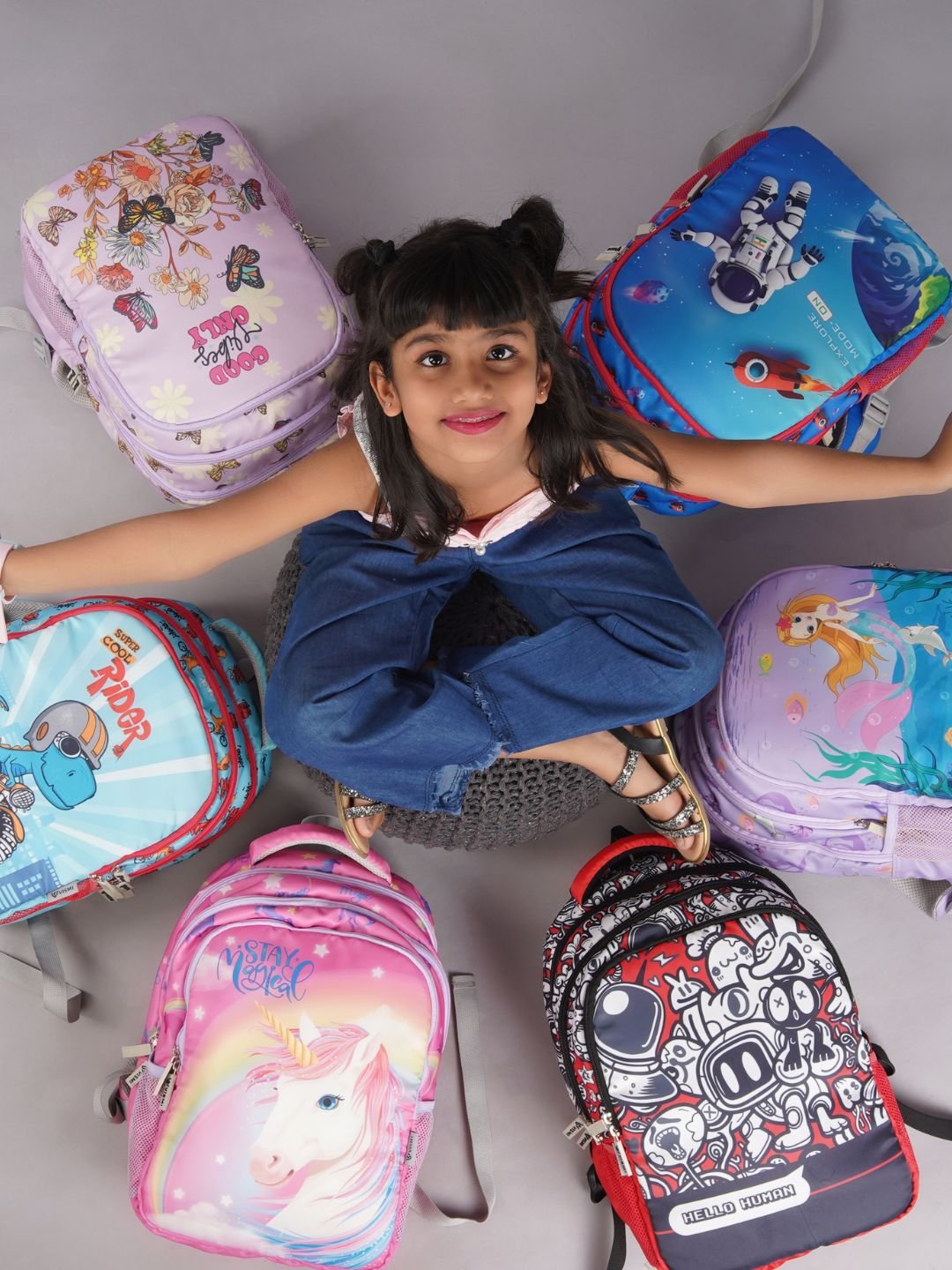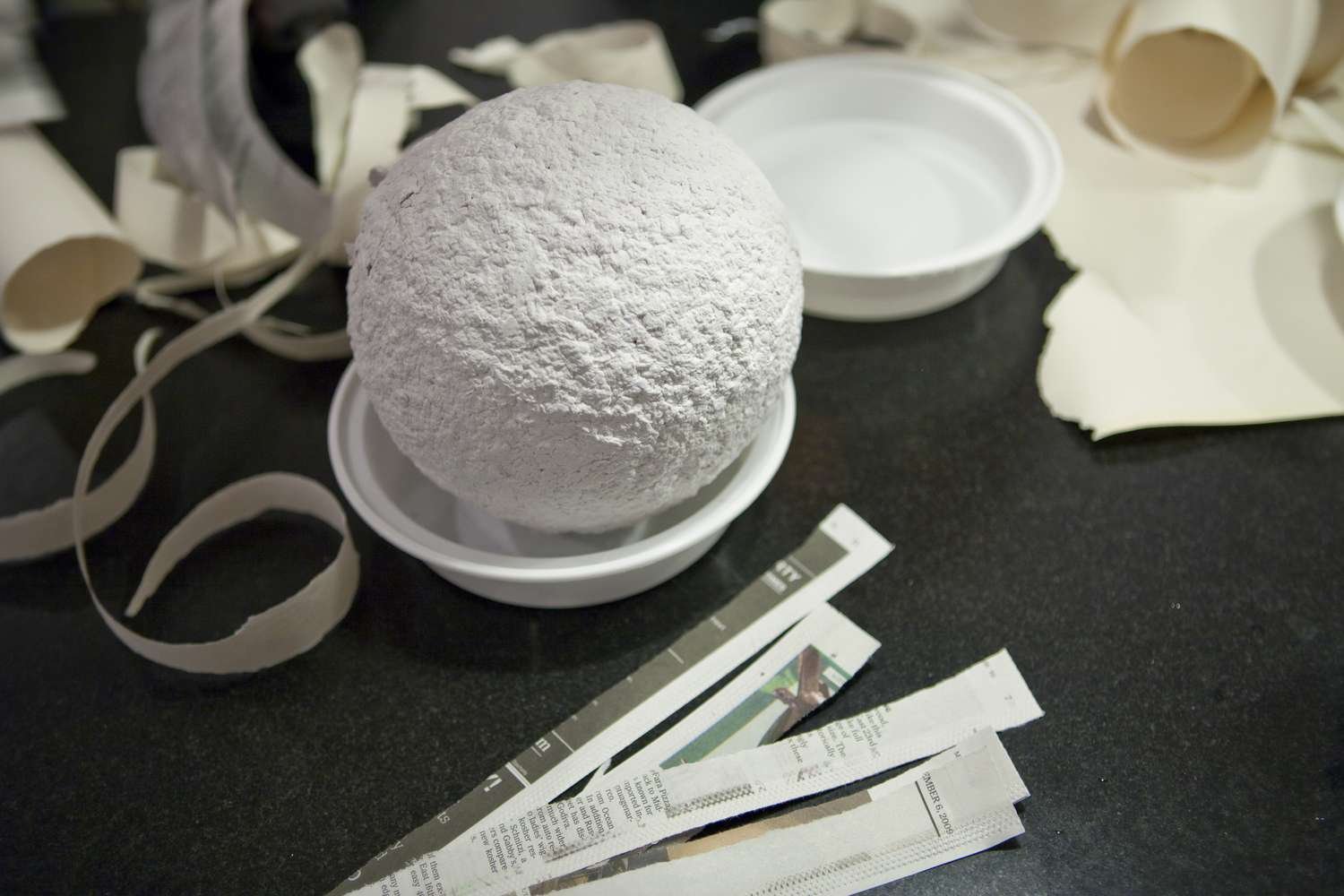The Christmas decor market has been evolving rapidly, influenced by changing consumer preferences, sustainability concerns, and technological advancements. As the holiday season approaches each year, demand for festive decorations surges, with retailers and manufacturers introducing new designs and innovative products that cater to both traditional and contemporary tastes. While classic ornaments, garlands, and twinkling lights remain at the heart of holiday decor, emerging trends are reshaping the industry, making Christmas decorations more eco-friendly, customizable, and tech-driven.
One of the most significant shifts in the Christmas decor market is the increasing preference for sustainable and reusable decorations. Consumers are becoming more environmentally conscious, leading to a surge in demand for decorations made from biodegradable materials, recycled fabrics, and natural elements like wood, jute, and dried flowers. Brands are responding to this shift by introducing eco-friendly product lines, promoting the use of ornaments that can be repurposed or composted after the holiday season. LED Christmas lights, which consume significantly less energy than traditional incandescent bulbs, have also gained widespread popularity, offering an energy-efficient and long-lasting solution for festive illumination. Additionally, consumers are moving away from disposable plastic decorations in favor of handcrafted, artisanal pieces that add a unique and personal touch to holiday decor while supporting local artisans and sustainable businesses.
Personalization has also become a key trend in the Christmas decor market. Shoppers are looking for unique decorations that reflect their personality, family traditions, or specific themes. Customized Christmas tree ornaments featuring family names, special dates, or even personalized messages have become highly sought after, transforming holiday decor into a more sentimental and meaningful experience. Many companies now offer bespoke Christmas stockings, tree toppers, and wreaths that allow customers to choose colors, materials, and embroidery details that align with their aesthetic preferences. This shift towards personalization has also led to the rise of DIY Christmas decor kits, enabling individuals to craft their own decorations at home, adding a creative and interactive element to holiday preparations.
Technology has played a transformative role in the Christmas decor market, with smart home integrations becoming increasingly common. Smart Christmas lights, which can be controlled via mobile apps or voice assistants, allow users to adjust brightness, colors, and flashing patterns effortlessly. Some even sync with music, creating dynamic light displays that enhance the festive atmosphere. Projection mapping technology has also gained traction, allowing homeowners to project animated holiday scenes onto their homes, eliminating the need for extensive outdoor lighting setups. Additionally, augmented reality (AR) applications now enable consumers to visualize how decorations will look in their space before making a purchase, making online shopping for Christmas decor more convenient and immersive.
The market is also seeing a rise in themed Christmas decorations, moving beyond the traditional red, green, and gold color palettes. Minimalist, Scandinavian-inspired Christmas decor has gained popularity, characterized by neutral tones, simple designs, and natural materials that create a cozy and elegant ambiance. On the other hand, bold and unconventional themes, such as pastel-colored holiday setups, monochrome trees, or even retro-inspired decorations, are making waves among younger consumers looking to break away from classic aesthetics. Pop culture-themed Christmas decorations featuring beloved movie characters, TV show references, and gaming-inspired ornaments are also gaining traction, reflecting the growing influence of media and entertainment on holiday traditions.
Another significant trend in the Christmas decor market is the rise of rental and subscription-based models. Instead of purchasing new decorations every year, many consumers are opting to rent premium holiday decor items, reducing waste and storage concerns. Subscription-based holiday decor services offer curated decoration sets that change annually, allowing households to enjoy a fresh and trendy holiday setup without the need for long-term storage. This model is particularly appealing to urban dwellers with limited storage space and those who prefer to keep up with seasonal decor trends without committing to permanent purchases.
Retailers and brands have also adapted their marketing strategies to align with these changing trends, leveraging social media, influencer collaborations, and experiential shopping experiences to engage consumers. Online platforms like Instagram, Pinterest, and TikTok have become major sources of inspiration for holiday decor ideas, with brands using these channels to showcase their latest collections and styling tips. Virtual holiday pop-up stores and interactive online catalogs are enhancing the digital shopping experience, allowing consumers to explore curated decor themes, receive personalized recommendations, and even participate in virtual workshops on holiday decorating.
Despite the rise of online shopping, physical retail stores continue to play a crucial role in the Christmas decor market. Many brands are focusing on creating immersive in-store experiences, where customers can walk through elaborately decorated spaces, attend live decorating demonstrations, and even participate in hands-on ornament-making workshops. These experiential retail strategies not only drive foot traffic but also create a sense of holiday magic that enhances the overall shopping experience.
As consumer preferences continue to evolve, the Christmas decor market is expected to witness further innovation and diversification. The growing emphasis on sustainability will likely lead to the development of more eco-friendly materials and circular economy initiatives, where old decorations can be repurposed or recycled into new designs. Advances in smart home technology will continue to enhance interactive holiday decor, offering consumers greater convenience and customization. With themed decorations, personalization, and rental models gaining momentum, the market is set to offer more diverse and tailored options that cater to different lifestyles and aesthetic preferences.
Ultimately, the Christmas decor industry is no longer just about ornaments and lights—it is about creating immersive, meaningful, and sustainable holiday experiences. As consumers seek ways to make their celebrations more personal, eco-conscious, and technologically advanced, the market will continue to adapt, ensuring that holiday traditions evolve in line with modern lifestyles and values. Whether through handcrafted ornaments, smart lighting systems, or curated rental decor, the future of Christmas decor is shaping up to be more dynamic and inclusive than ever before.






